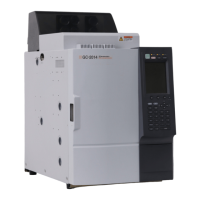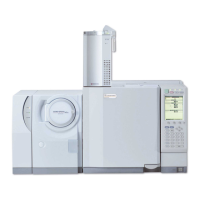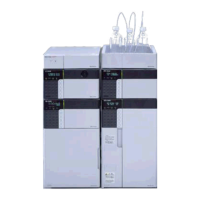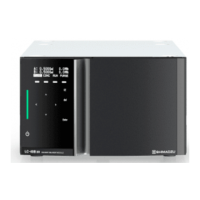4.6 Glass insert
92
Cleansing glass insert
Cleansing procedures
(1)
Removing septum fragments
Septum fragments dropped on the insert can degrade the analysis reproducibility, and can be the cause
of ghost peaks. ALWAYS remove the septum fragments.
(2)
Removing stains adhered to the inside of the glass insert
Wipe with gauze soaked in organic solvent (e.g. acetone), or soak the insert in organic solvent and
cleanse with an ultrasonic cleaning unit.
(3)
If the glass insert is extremely dirty inside
When you cannot remove stains by the solvent cleansing, use the following procedures.
Soak the glass insert in an aqueous solution of alkaline detergent for glass cleansing for approx. 1 day.
Rinse the detergent under running water, and rinse with organic solvent (e.g. acetone), and let the
insert air-dry.
If the stains are even more stubborn, you can soak the insert in an aqueous solution of 1 N nitric acid
for 7 to 8 hours, then wash, rinse and air-dry as described above.
If you are using capillary column
Removing glass insert
Remove glass insert by following procedures.
(1)
Loosen and remove the glass insert nut on the
injection port using the wrench for the glass insert
nut.
Remove the septum nut assembly by lifting up
straight.
If failing to lift up straight, it may break the glass
insert.
(2)
Pull out the glass insert by holding its end with
tweezers.
Wrench for glass insert nut
Septum nut
Glass insert nut
Top of injection port
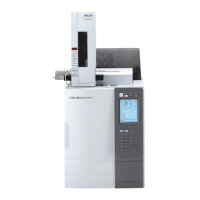
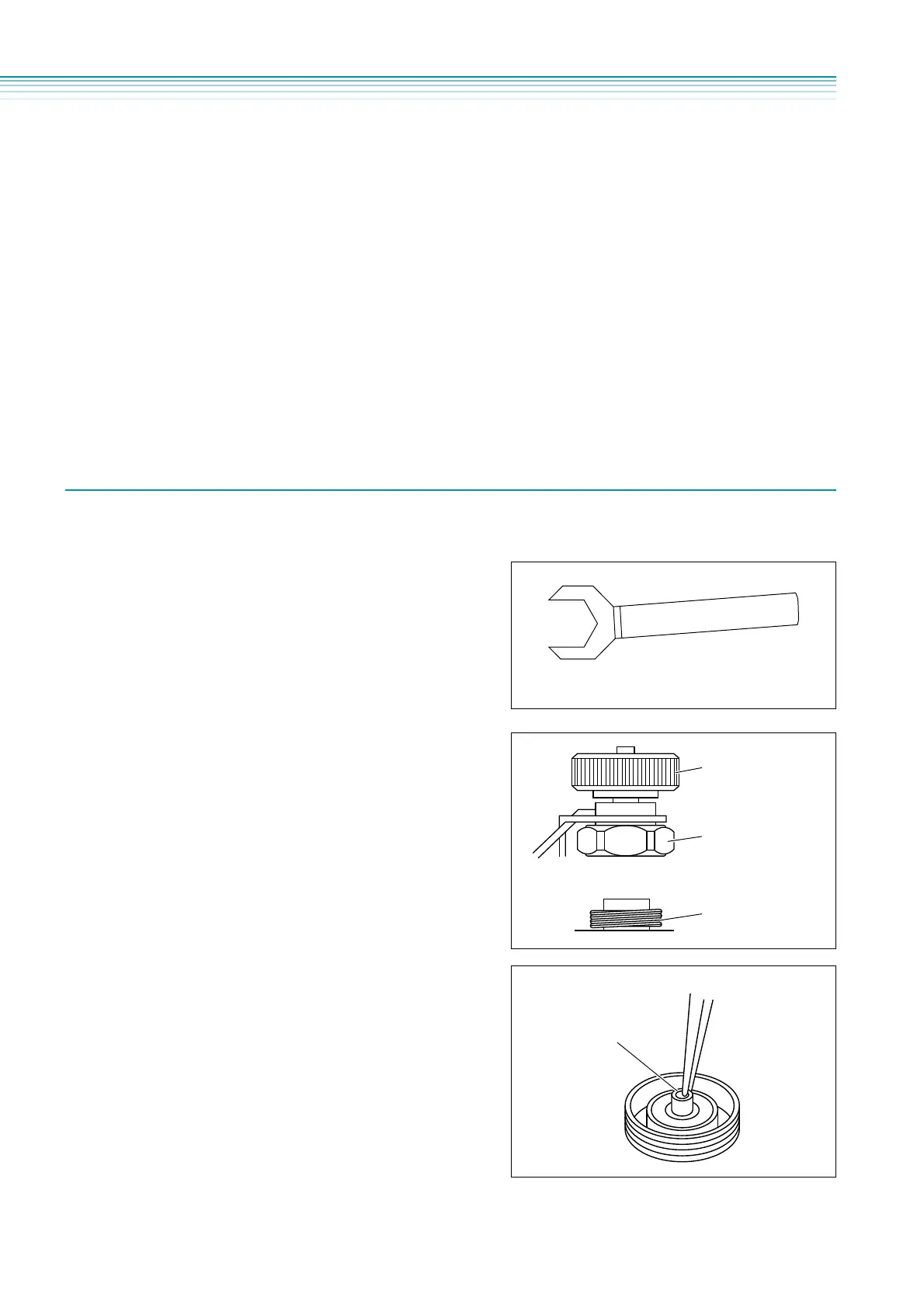